Trump administration takes historic $8.9 billion stake in Intel, acquiring 10% ownership amid bipartisan criticism and concerns over government intervention in private enterprise.
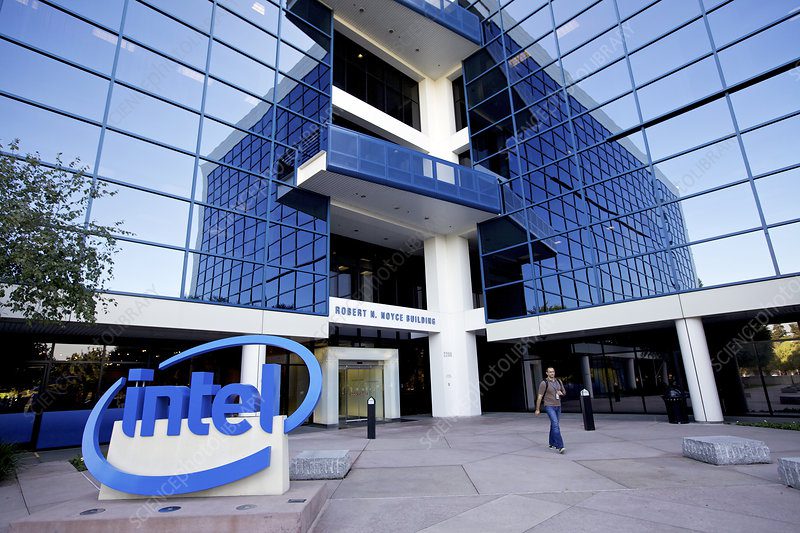
The Nintendo Switch 2 redefines hybrid gaming with 4K visuals, improved Joy-Con controllers, and a stellar game lineup, despite high pricing and battery-life concerns.
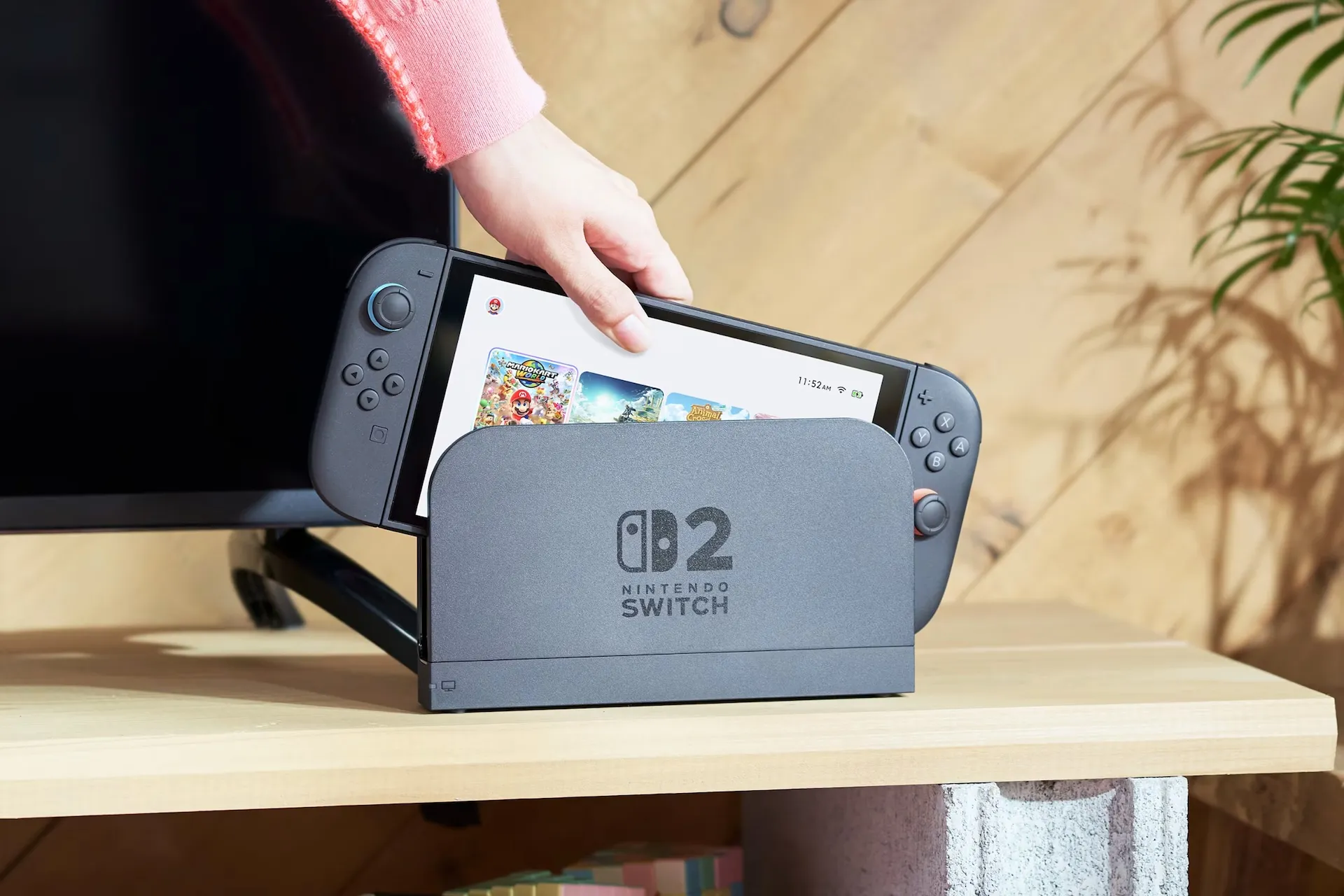
The long-anticipated Nintendo Switch 2 has finally launched, and the gaming community is buzzing. With its pioneering hybrid concept refined for a new era, Nintendo’s latest system aims to please both loyal fans and curious newcomers. But how does the Switch 2 live up to the hype? In this comprehensive review roundup, we explore what critics and players love, what features fall short, the technical improvements, and where this console positions Nintendo for the future.
After months of speculation, Nintendo’s official release of the Switch 2 on June 5, 2025 ushered in the next generation of hybrid gaming. Early adopters scrambled for preorders, and the world watched as midnight launches and first-day queues spread globally. Reviewers, from tech publications to average consumers, have since delivered a trove of opinions on whether the Switch 2 is worth the upgrade or an essential system for new buyers.
The Switch 2 keeps the iconic tablet with detachable controllers, but with subtle evolutions:

The much-improved Joy-Con 2 controllers now attach magnetically with a satisfying “snap.” These controllers are notably larger, with enhanced analog sticks and new optical sensors that double as mice, supporting innovative “mouse mode” gameplay for select titles. Their improved shape appeals to larger hands, a welcome change for adult gamers.
The display is an impressive 7.9-inch 1080p LCD with a 120Hz refresh rate, providing double the pixels and a much smoother experience compared to the original 6.2-inch, 720p, 60Hz Switch. While the LCD is brighter and more vibrant than the first generation, some reviewers note it lacks the deep blacks and vibrancy of the OLED screen on the Switch OLED model. For most, however, the new screen’s size, resolution, and speed make for a major upgrade.
Powered by a new chipset, the Switch 2 supports:
Reviewers praise the Switch 2’s ability to handle modern games like Hogwarts Legacy and Hitman: World of Assassination with ease—games that were borderline unplayable on the original Switch hardware. Performance is closest to an Xbox Series S, not quite an Xbox Series X or PS5, but a substantial leap over the old Switch.

Players report the Joy-Con 2 as “much better suited for adult hands” and a significant upgrade in comfort and utility.
The Switch 2 is highly backward-compatible—it plays most physical and digital Switch games, with only a handful of exceptions currently being patched. Players can bring their libraries forward, and many first-party games (Breath of the Wild, Metroid Prime 4: Beyond) offer paid upgrades or new editions taking advantage of the stronger hardware.
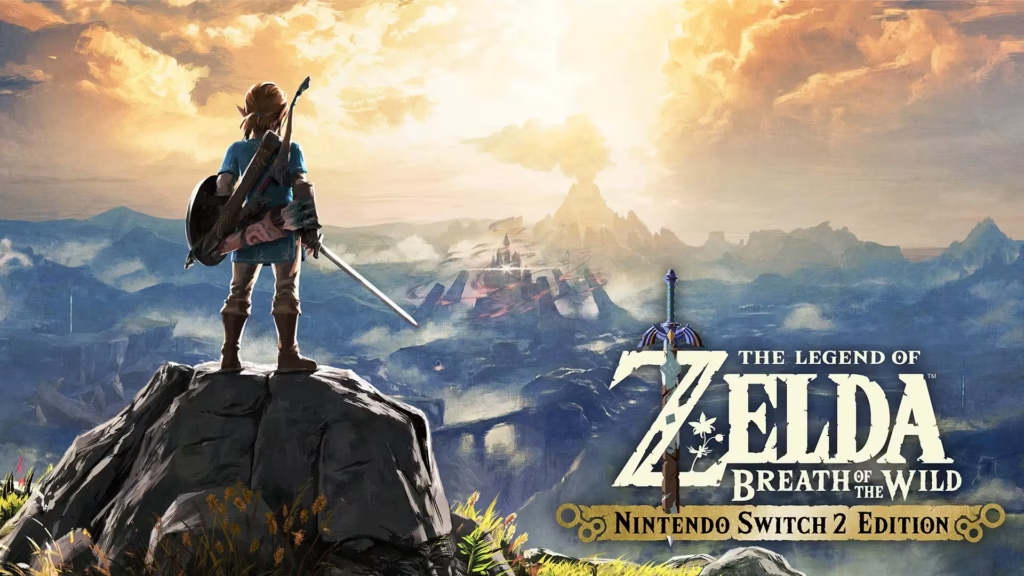
Major exclusives like Mario Kart World, Donkey Kong Bananza, and the anticipated Metroid Prime 4: Beyond showcase the console’s enhanced visuals, larger game worlds, and smoother performance. Third-party support has also improved dramatically, with titles like Final Fantasy VII Remake and Cyberpunk 2077 running at stable frame rates.
“GameShare” allows some multiplayer titles to be played with just one copy purchased. All digital games are now assigned virtual game cards, which can be temporarily “loaned” to other users—a creative solution, though with limitations for multi-device households.
The internal storage has been bumped to 256GB, but modern game sizes (some over 50GB) mean that external storage is all but necessary for enthusiasts. Only microSD Express cards are supported, which are fast but currently expensive and rare.

The Switch 2 interface is an evolution:
. Accessibility: New options for text scaling, color inversion, grayscale, and a speech-to-text screen reader mark a huge improvement over the earlier system . Voice Chat: Finally built-in. The “C button” on the Joy-Con 2 summons Nintendo’s new GameChat, replacing the widely disliked smartphone app. You can now speak directly to friends or party members within the console’s ecosystem.
Nintendo promised better efficiency, but the new, brighter screen and beefier processor come at a cost. Most reviewers find portable battery life ranges from 3–6 hours, depending on the intensity of the game—comparable to the original Switch despite better hardware, and still trailing competitors like the Steam Deck in energy management

Nintendo’s decision not to reinvent the wheel, but to refine the hybrid model, suggests a new era of stability and sustained support for their consoles. With hardware now competitive (though not cutting-edge), Nintendo can focus on:
The modularity of the new Joy-Con tech, USB-C ports, and ongoing OS support hint at more evolutionary improvements, with Nintendo now better positioned to compete for core gamers’ attention while retaining its pick-up-and-play accessibility.
Early sales indicate pent-up demand and solid consumer interest, but the price point will test Nintendo’s “family-friendly” brand identity, especially as cloud gaming and rival devices mature. Success will depend on an ongoing stream of quality exclusives and competitive online features.
The Nintendo Switch 2 is not a revolution—it’s a highly polished evolution. Across dozens of reviews and user impressions, the message is clear:
Final verdict: If you want the best, most versatile Nintendo experience—with the strongest future game line-up in years—the Switch 2 is worth it. Just be prepared for some growing pains as Nintendo continues to expand and refine its hardware and services.

Trump administration takes historic $8.9 billion stake in Intel, acquiring 10% ownership amid bipartisan criticism and concerns over government intervention in private enterprise.
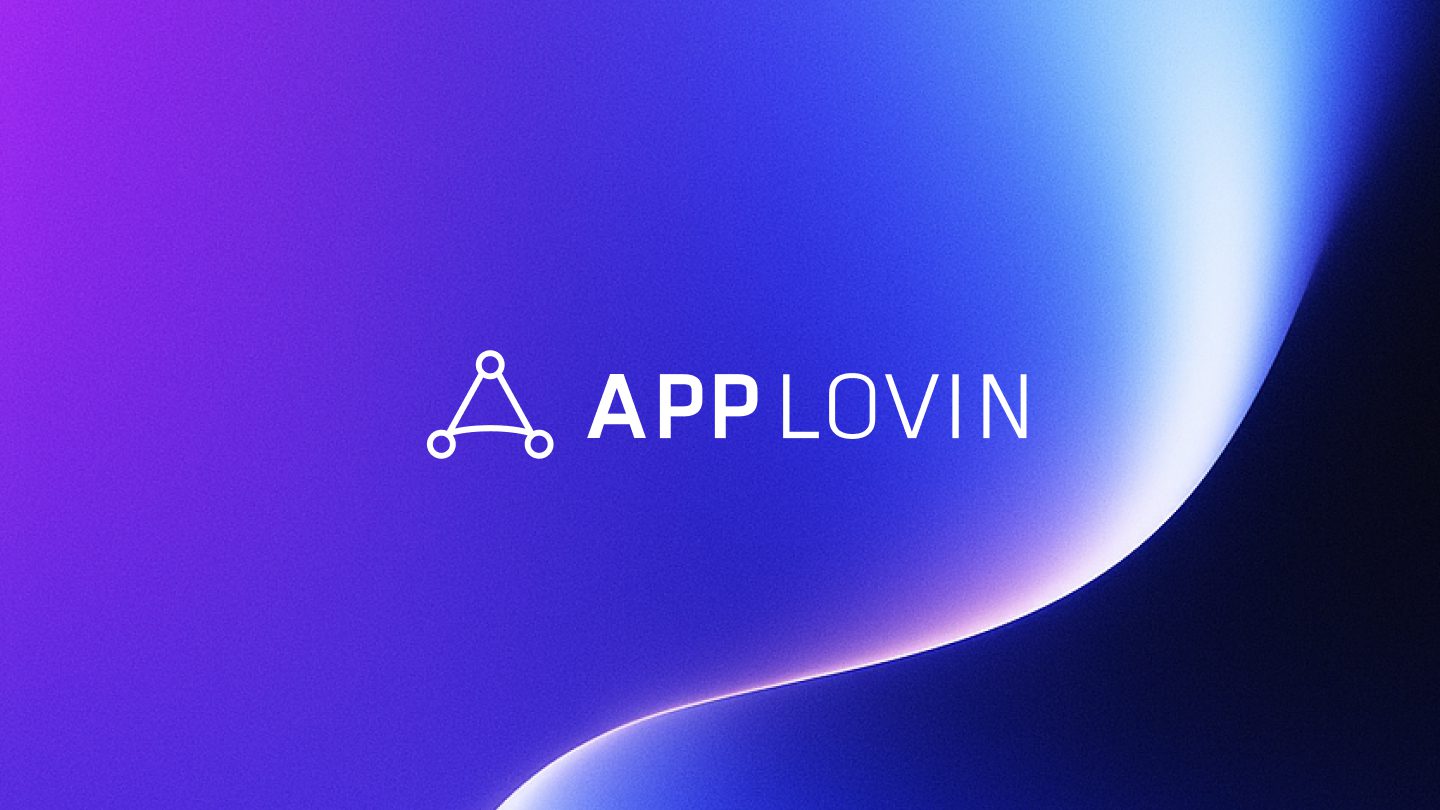
AppLovin posted record Q2 2025 results, with 77% revenue growth, higher margins, and a strategic shift toward core adtech platforms.

Discover how the Big Beautiful Bill reshapes taxes, healthcare, and national spending in 2025. Explore its impacts on personal finances, federal debt, and everyday life in this comprehensive analysis.
The Nintendo Switch 2 redefines hybrid gaming with 4K visuals, improved Joy-Con controllers, and a stellar game lineup, despite high pricing and battery-life concerns.

The long-anticipated Nintendo Switch 2 has finally launched, and the gaming community is buzzing. With its pioneering hybrid concept refined for a new era, Nintendo’s latest system aims to please both loyal fans and curious newcomers. But how does the Switch 2 live up to the hype? In this comprehensive review roundup, we explore what critics and players love, what features fall short, the technical improvements, and where this console positions Nintendo for the future.
After months of speculation, Nintendo’s official release of the Switch 2 on June 5, 2025 ushered in the next generation of hybrid gaming. Early adopters scrambled for preorders, and the world watched as midnight launches and first-day queues spread globally. Reviewers, from tech publications to average consumers, have since delivered a trove of opinions on whether the Switch 2 is worth the upgrade or an essential system for new buyers.
The Switch 2 keeps the iconic tablet with detachable controllers, but with subtle evolutions:

The much-improved Joy-Con 2 controllers now attach magnetically with a satisfying “snap.” These controllers are notably larger, with enhanced analog sticks and new optical sensors that double as mice, supporting innovative “mouse mode” gameplay for select titles. Their improved shape appeals to larger hands, a welcome change for adult gamers.
The display is an impressive 7.9-inch 1080p LCD with a 120Hz refresh rate, providing double the pixels and a much smoother experience compared to the original 6.2-inch, 720p, 60Hz Switch. While the LCD is brighter and more vibrant than the first generation, some reviewers note it lacks the deep blacks and vibrancy of the OLED screen on the Switch OLED model. For most, however, the new screen’s size, resolution, and speed make for a major upgrade.
Powered by a new chipset, the Switch 2 supports:
Reviewers praise the Switch 2’s ability to handle modern games like Hogwarts Legacy and Hitman: World of Assassination with ease—games that were borderline unplayable on the original Switch hardware. Performance is closest to an Xbox Series S, not quite an Xbox Series X or PS5, but a substantial leap over the old Switch.

Players report the Joy-Con 2 as “much better suited for adult hands” and a significant upgrade in comfort and utility.
The Switch 2 is highly backward-compatible—it plays most physical and digital Switch games, with only a handful of exceptions currently being patched. Players can bring their libraries forward, and many first-party games (Breath of the Wild, Metroid Prime 4: Beyond) offer paid upgrades or new editions taking advantage of the stronger hardware.

Major exclusives like Mario Kart World, Donkey Kong Bananza, and the anticipated Metroid Prime 4: Beyond showcase the console’s enhanced visuals, larger game worlds, and smoother performance. Third-party support has also improved dramatically, with titles like Final Fantasy VII Remake and Cyberpunk 2077 running at stable frame rates.
“GameShare” allows some multiplayer titles to be played with just one copy purchased. All digital games are now assigned virtual game cards, which can be temporarily “loaned” to other users—a creative solution, though with limitations for multi-device households.
The internal storage has been bumped to 256GB, but modern game sizes (some over 50GB) mean that external storage is all but necessary for enthusiasts. Only microSD Express cards are supported, which are fast but currently expensive and rare.

The Switch 2 interface is an evolution:
. Accessibility: New options for text scaling, color inversion, grayscale, and a speech-to-text screen reader mark a huge improvement over the earlier system . Voice Chat: Finally built-in. The “C button” on the Joy-Con 2 summons Nintendo’s new GameChat, replacing the widely disliked smartphone app. You can now speak directly to friends or party members within the console’s ecosystem.
Nintendo promised better efficiency, but the new, brighter screen and beefier processor come at a cost. Most reviewers find portable battery life ranges from 3–6 hours, depending on the intensity of the game—comparable to the original Switch despite better hardware, and still trailing competitors like the Steam Deck in energy management

Nintendo’s decision not to reinvent the wheel, but to refine the hybrid model, suggests a new era of stability and sustained support for their consoles. With hardware now competitive (though not cutting-edge), Nintendo can focus on:
The modularity of the new Joy-Con tech, USB-C ports, and ongoing OS support hint at more evolutionary improvements, with Nintendo now better positioned to compete for core gamers’ attention while retaining its pick-up-and-play accessibility.
Early sales indicate pent-up demand and solid consumer interest, but the price point will test Nintendo’s “family-friendly” brand identity, especially as cloud gaming and rival devices mature. Success will depend on an ongoing stream of quality exclusives and competitive online features.
The Nintendo Switch 2 is not a revolution—it’s a highly polished evolution. Across dozens of reviews and user impressions, the message is clear:
Final verdict: If you want the best, most versatile Nintendo experience—with the strongest future game line-up in years—the Switch 2 is worth it. Just be prepared for some growing pains as Nintendo continues to expand and refine its hardware and services.

Trump administration takes historic $8.9 billion stake in Intel, acquiring 10% ownership amid bipartisan criticism and concerns over government intervention in private enterprise.

AppLovin posted record Q2 2025 results, with 77% revenue growth, higher margins, and a strategic shift toward core adtech platforms.

Discover how the Big Beautiful Bill reshapes taxes, healthcare, and national spending in 2025. Explore its impacts on personal finances, federal debt, and everyday life in this comprehensive analysis.
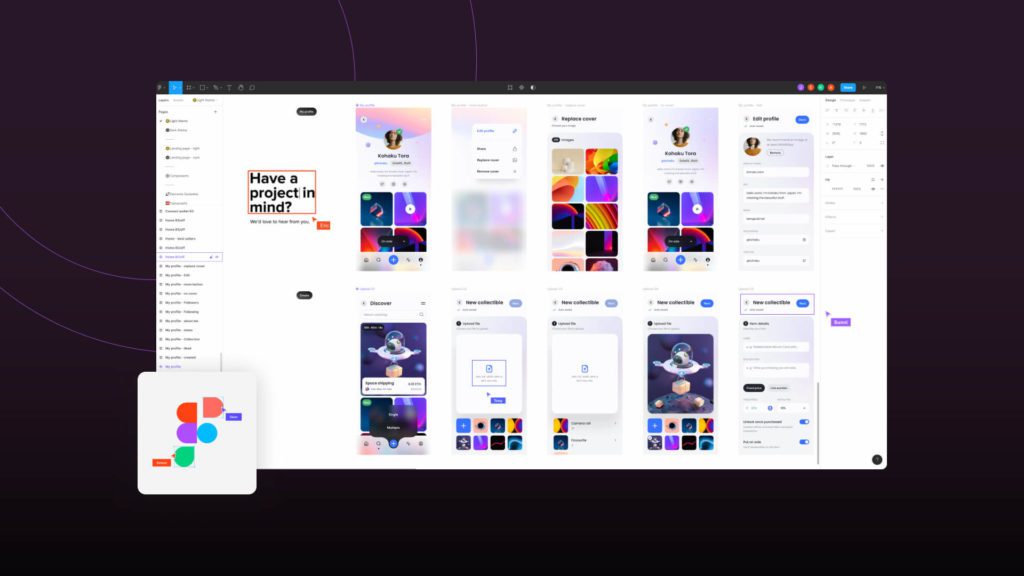
Figma’s S-1 filing reveals a company in hyper-growth, with revenue reaching $700 million, gearing up to IPO on the NYSE.
